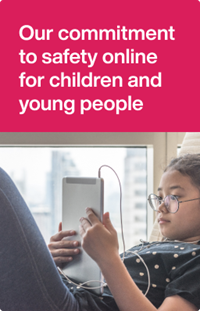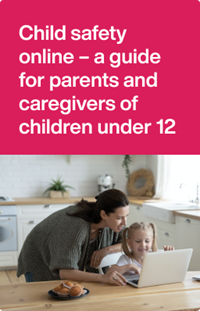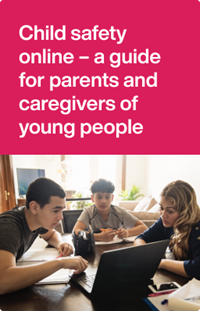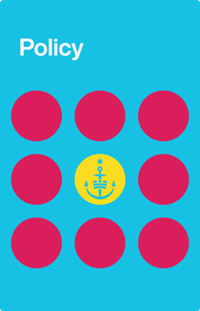Child safety online – a guide for children and young people
This guide aims to help you feel safe when you interact with us online.
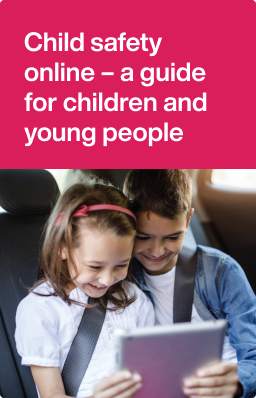
Our commitment to child safety online
Our commitment to child safety online lets you know what to expect from us.
It includes a list of dos and don’ts when we welcome you into our online programs. And who you should talk to if you feel unsafe or need help.
If you see, hear or feel something that worries you – tell someone
If you see, hear or feel something online which makes you feel unsafe – tell someone.
If something happens online that worries you, makes you feel uncomfortable or a bit yuck, speak with a friend or an adult you can trust, then please let us know.
Speak with your parents or caregivers
Have open conversations and let them know what you’re doing online.
They want to help you stay safe online and they can help you make sense of any concerns you may have.
Look after your fellow participants
Help your fellow children and young people to get the most out of their sessions online.
Don’t bully, swear or share anything that you wouldn’t like to see.
Think about who you’re talking to
Always be on your guard if someone randomly makes contact out of the blue – just like you would be in real life if someone stopped you on the street.
Trust your instincts – if their story isn’t matching up, you’re right to be suspicious of them.
Don’t connect with them and tell an adult you trust.
Online resources
If you want to know more about being safe online, talk to your parents or caregivers.
There is lots of information online you can look at together:
ThinkUKnow is a national program providing online child safety information in schools and organisations to parents, carers, teachers and students from the first year of school to Year 12.

Council governance & administration
Our commitment to safety online for children and young peoplePublished 22 July 2024
Guides
Child safety online – a guide for parents and caregivers of children under 12Published 8 October 2024
Guides
Child safety online – a guide for parents and caregivers of young peoplePublished 8 October 2024
